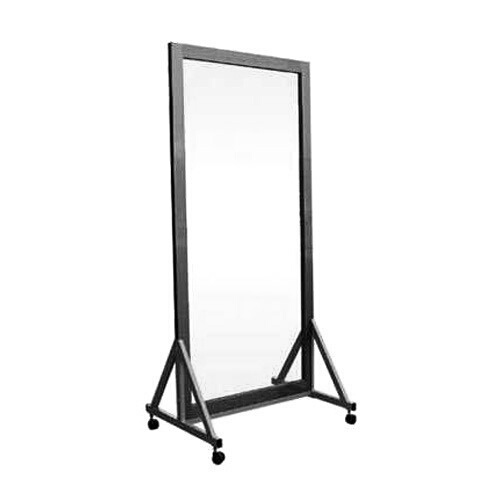The natural reflection of an individual on the surface of water has always been alluring to people. Mirrors were first developed over 5,000 years ago using obsidian and other polished stones. As ancient Greek obsidian mirrors would have been present during the time of Greek gymnastic development, there is potential that mirrors were employed very early on in the rehabilitation of injured athletes, citizens, and warriors.
Mirrors were first used sometime in the 18th century in ballet training to compare one’s reflected image with the perceived ideal image of the performance of a given step or phrase. Likewise, the value of being able to ‘visualize’ a problem, a strategy, a movement, or an action was equally valuable in the medical gymnastics that preceded physiotherapy.
The silvered-glass mirrors found throughout the world today were invented in 1835. German chemist Justus von Liebig developed a process for applying a thin layer of metallic silver to one side of a pane of clear glass to provide a perfectly clear reflection on the other side. In Victorian times standing mirrors were popular but it is not known when wheels, presumably for portability, were attached. Current portable mirrors can be found dating back to the 1920s, and though this does not suggest when these products first became available, it does speak to their durability.
Description provided by Cameron MacDonald of the USA

